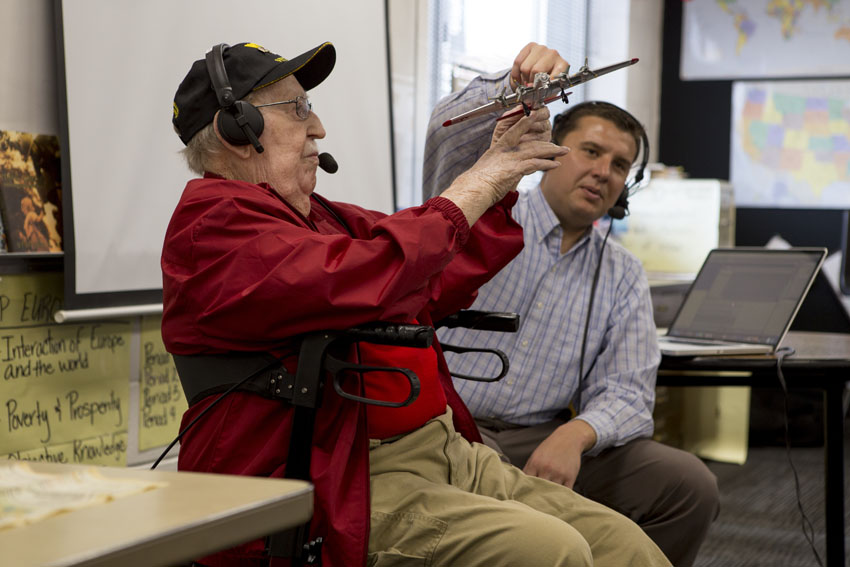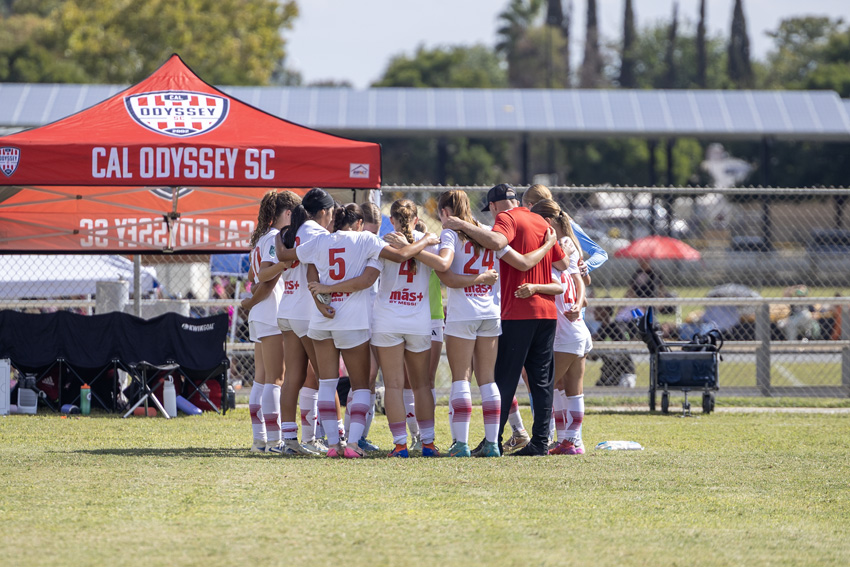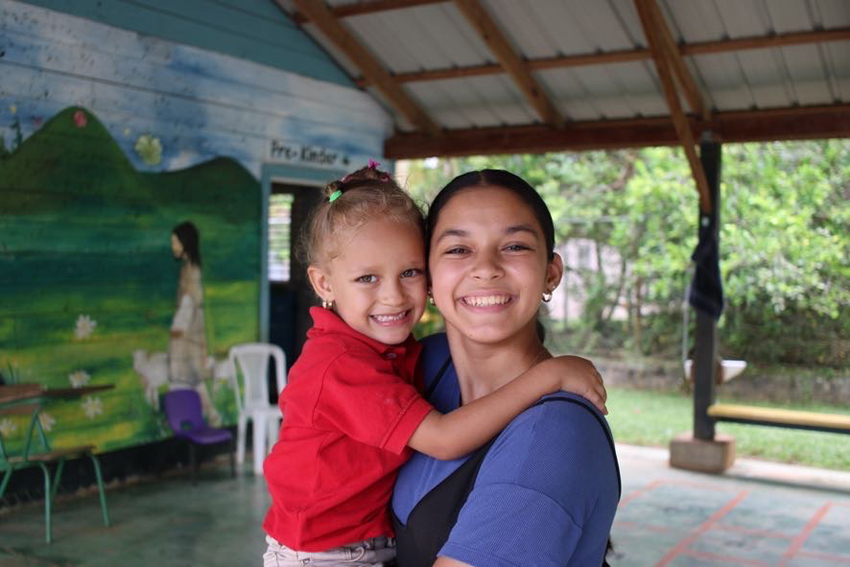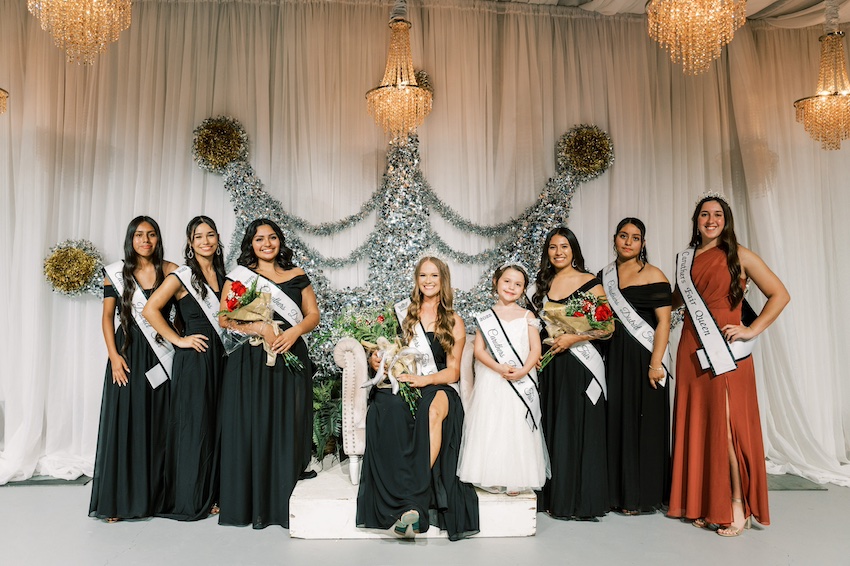
WWII veteran visits FC campus
Explosions rocked the plane as a crew full of young men attempted to successfully complete their mission over enemy territory. While this may sound like a scene straight from a movie, it was the life of 21-year-old Phillip R. Starr during World War II.
As a part of his radio program ‘Hometown Heroes’, Paul Loeffler regularly interviews local WWII veterans, giving them a chance to tell their story to a generation much different than their own. Loeffler and history teacher Kori Friesen invited Starr to share his story during U.S. history classes, April 6.
While Loeffler usually interviews veterans in their homes, Starr agreed to conduct his radio interview in a different environment, a high school classroom packed with history students eager to hear his story. Starr, wearing a Central Valley Honor Flight jacket along with a WWII veterans hat, appeared just as eager to tell it.
Richie Cortez, ’20, appreciated the chance to listen to a veteran and learned a lot from what Starr said.
“I got chills when I saw a veteran sitting in front of me,” Cortez said. “I thought it what was very interesting was the model plane he showed us and when he told us where he was in he plane and what his job was. I’ve met two other veterans before yesterday and it was a great experience. I told them I was very thankful for their service.”

While he doesn’t remember the exact place he was when he heard of the attack on Pearl Harbor on December 7, 1941, the events that unfolded that day would ultimately alter the course of Starr’s life.
Starr was drafted into the military shortly after completing high school. Although his close friend encouraged him to join the Navy so they could be together, Starr ultimately ended up in the Army Air Corps.
After training for months, Starr eventually made his way to England, where he was stationed. Starr and his crew flew their first mission the day after D-Day. The crew originally flew a B-24 bomber but later switched to a B-17.
“I trained in B-24s and I flew overseas in a B-24,” Starr said. “The first time the crew took off was in a B-24 with a hundred hours on it. Somebody pulled the landing gear too soon and it mushed in and burned up. I was in town when that happened. Halfway through our missions they removed the B-24 and brought the B-17s in, and I did my final eighteen missions in a B-17.”
Starr’s position on the plane was a ball turret gunner, meaning he operated the machine gun underneath the plane’s fuselage. While this position was undoubtedly one of the most dangerous, Starr volunteered for it. He enjoyed being able to look under the ship as they were flying.
Each day before a mission, the crew would wake up between two and three in the morning to prepare for their mission. They would attend a briefing before grabbing their guns and parachutes and head out to the plane.

“In France, we attempted to give the French people recognition that we were going to bomb, so they could get underground,” Starr said. “We flew over the marshalling yard with the bomb-bays open, and then we came around and were going to bomb on the second pass but the bombardier or somebody screwed up and we wound up going around the third time. My wing man got a shell directly into a wheel well. They all got home except for the co-pilot, who died in his parachute.”
Despite below-freezing temperatures and having their plane repeatedly damaged by flak, Starr and his crew completed 35 missions in the European Theatre. Starr also received America’s oldest military aviation award; The Distinguished Flying Cross.
For Starr, receiving the award was not as important as getting home safely.
“We received things (medals) and they didn’t mean much to us,” Starr said. “We didn’t flaunt them around like they do today. I think (the reason I received the medal) was on a bombing mission when we hit an oil refinery and we wiped it out.”
Toryn Triplitt, ’20, was amazed by Starr’s story and was thankful that he chose to speak in front of their class.
“I think it’s really cool that he was willing to come and share his experiences with us,” Triplitt said. “It was amazing just how crazy those missions could be. The fact that they were living with this fear that they could be killed at any moment yet somehow his crew always stayed safe was incredible.”
As WWII tore its way through Europe and the Pacific, Starr did his part to defend his nation and its allies. The stories of veterans like Starr continue to inspire people and make them feel proud to live in America.
Darrin Williams, ’19, was honored to be able to listen to Starr’s story.
“I thought it was cool and I have a lot of respect for him and the service he did for this country,” Williams said. “I learned the hardships that WWII bomber crews went threw and how dangerous it was to be in the air over Germany during the war. I thought it was interesting how their were a lot of differences between a B-17 bomber and B-24 bomber and how they used electrical coats to keep warm in the air.”
Images below are from the radio interview of Phillip R. Starr, WWII veteran, and Paul Loeffler, Hometown Heroes radio host.
[rev_slider alias=”wwiiveteran,phillipr.starr”]
For more information on Starr’s story, be sure to listen as the complete interview airs on Loeffler’s episode of Hometown Heroes. The episode is scheduled to air on April 23.
For more articles, read about Town Hall.
This author can be reached via Facebook, Instagram and Twitter.




